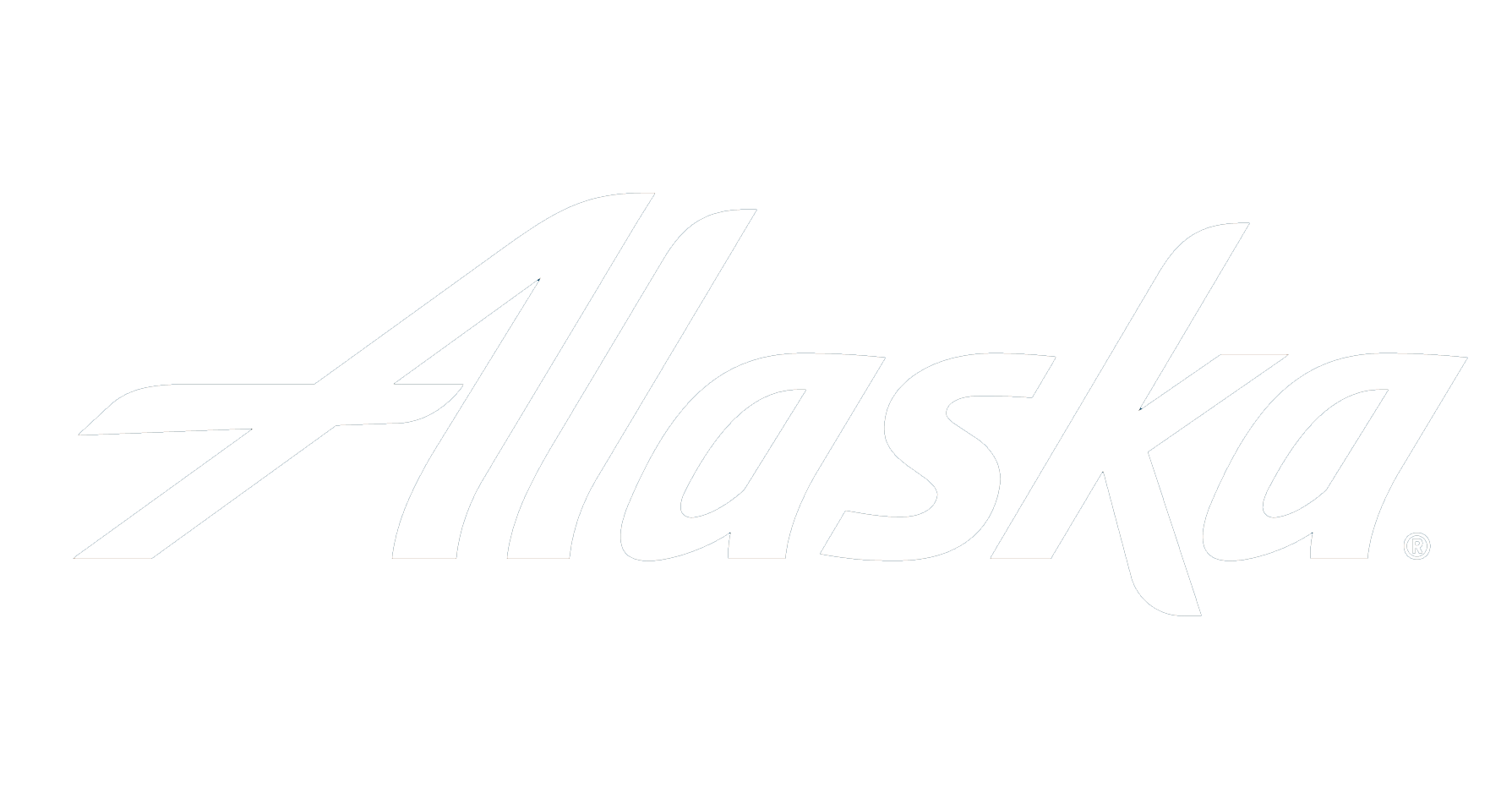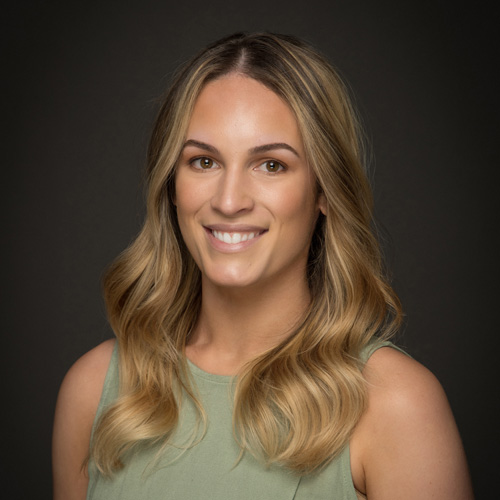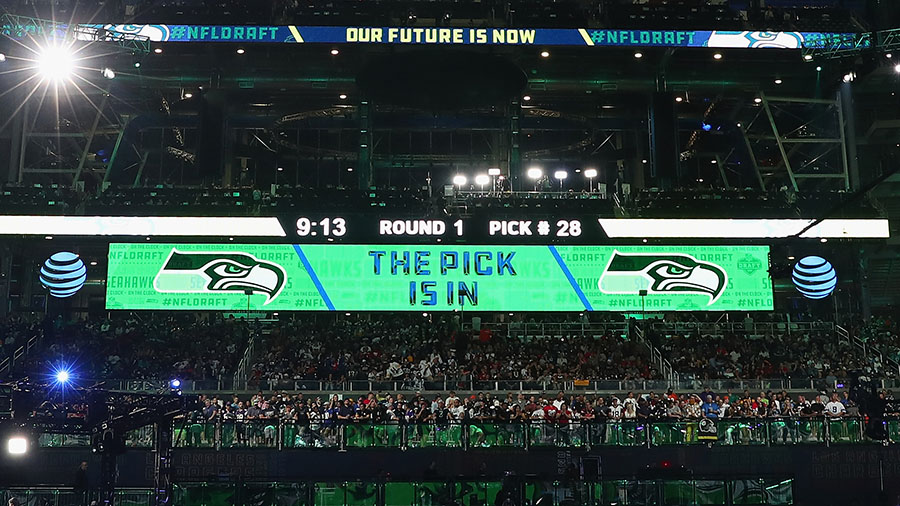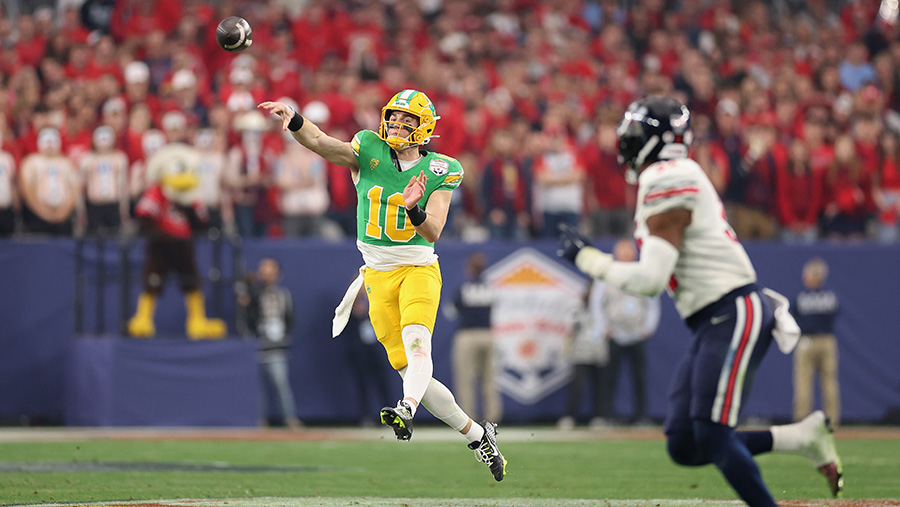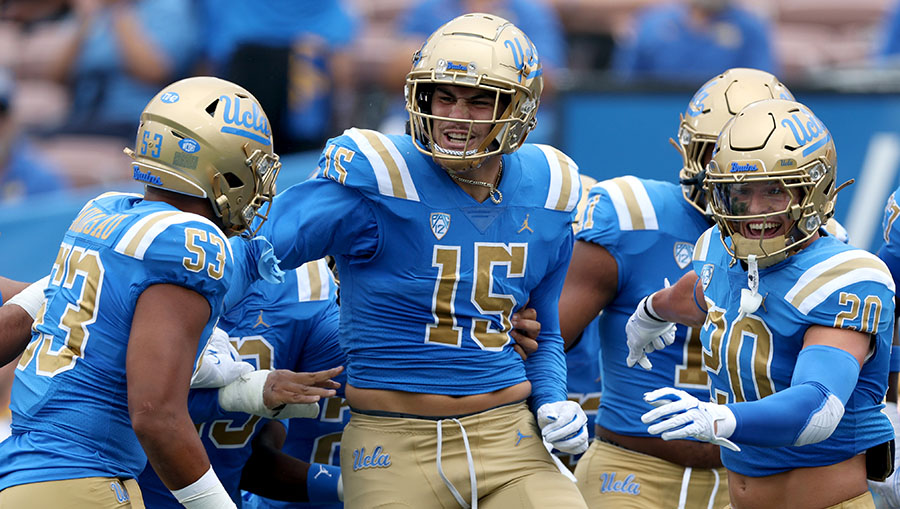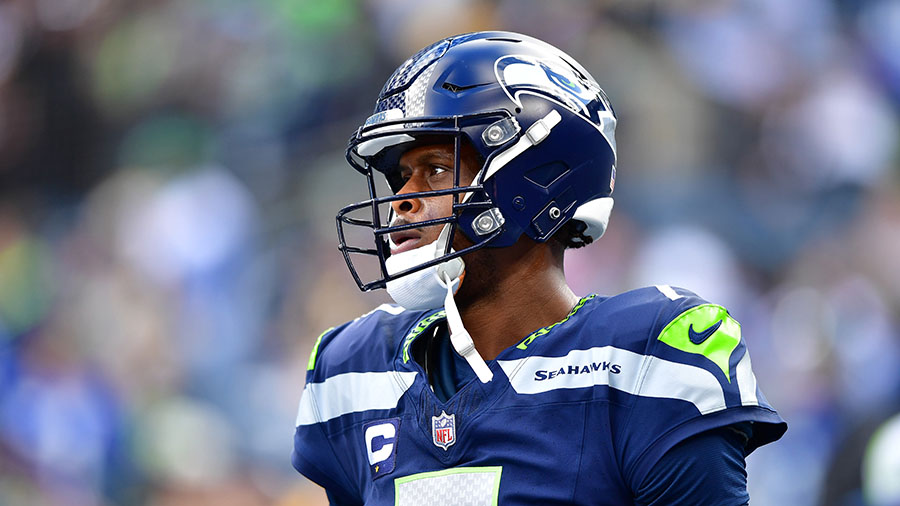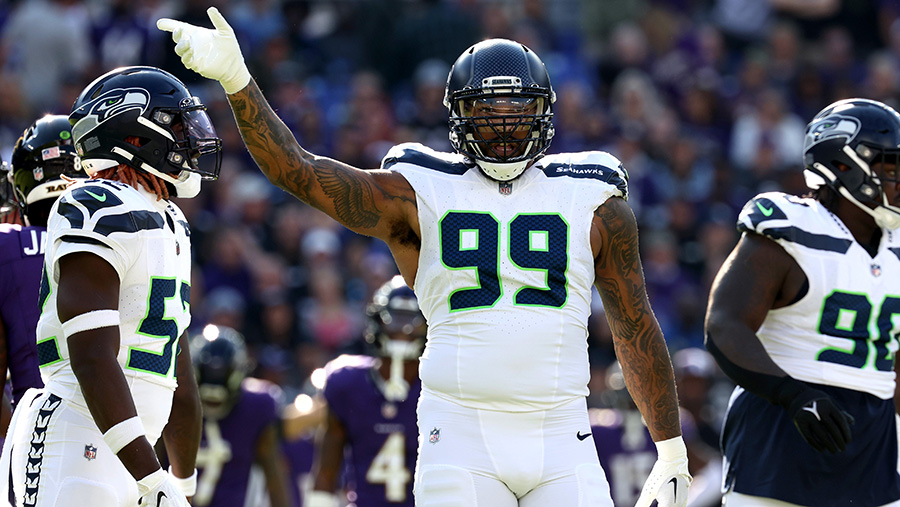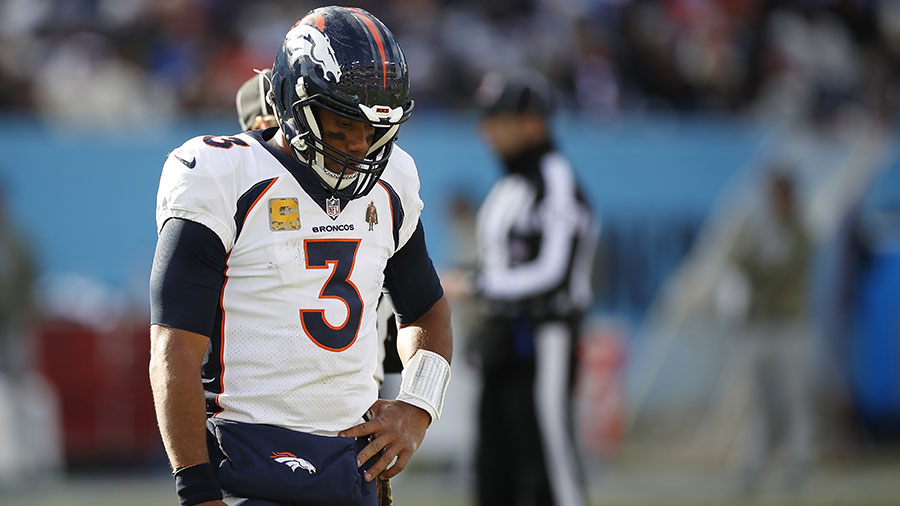Rost: Big hurdle for Seahawks, Jamal Adams is issue of NFL’s pay structure
Jun 15, 2021, 11:05 AM
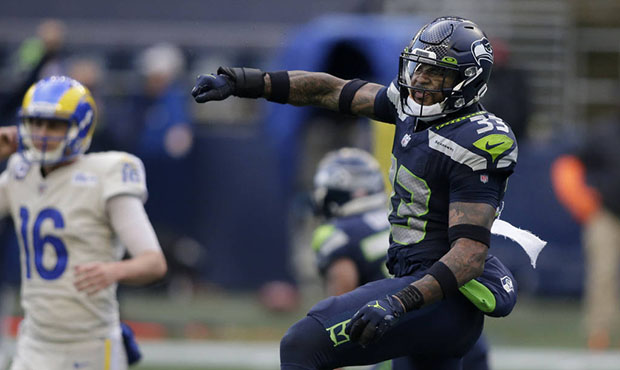
Strong safety Jamal Adams has one year left on his contract with the Seahawks. (Getty)
(Getty)
The Seahawks probably won’t pay Jamal Adams what he’s worth, and that’s a bigger problem with the NFL as a whole.
Joel Corry details Adams’ potential dispute with Hawks’ extension offer
It’s not that Seattle doesn’t understand his value. Both head coach Pete Carroll and general manager John Schneider have praised Adams’ contributions. That included affirming his place as a long-term fixture of the defense during a pre-draft press conference in late April.
And it’s not that the Seahawks aren’t willing to pay stars. The Seahawks reset the market in 2019 when they made quarterback Russell Wilson the highest-paid player in NFL history in terms of annual salary at $35 million per year (a number since surpassed by Patrick Mahomes), and they later gave All-Pro Bobby Wagner the league’s richest linebacker contract at $18 million per year, which still stands.
Rather, Adams will likely be paid less than he’s worth because of the confines of his position, which – even under a very real salary cap – has been artificially capped at a lower number than a linebacker or pass rusher.
Salaries by position might feel arbitrary, but most of the time they make sense: a quarterback is going to have an outsized influence on the game and the top-paid passers will command megadeals as the game’s best commodity. Unsurprisingly, many of the top-paid defensive players are the ones whose job it is to get to the quarterback. The best edge rushers are paid more than the best linebackers, just like the best receivers are paid more than the best tight ends, and so on.
Other major leagues aren’t quite as adherent to position when it comes to capping out in salary, though. In an interview Monday on 710 ESPN Seattle’s Jake and Stacy, CBS Sports salary cap expert Joel Corry explained where the NFL differs from MLB and the NBA.
“In the NBA it used to be paid more by positional groupings,” Corry said. “But ever since they implemented salary maximums after the lockout in 1999, then basically if you’re a great player you get the max because there’s a percentage of the cap you can get and you can’t go above that. So that’s a little bit different. In baseball, pitchers get paid according to what they do. Otherwise in baseball it’s not so much by position.
“I’ll go to a team in the NFC West: last year you saw (San Fransisco 49ers tight end) George Kittle could not get out of the confines of the positional constraint. In that offense he is their best pass-catching player, so you’d think he should be making the argument that (he) should be paid like a great pass catcher… he couldn’t do that. He did make a dramatic jump with the tight end market, but the top of the receiving market was over $20 million per year when he signed a $15 million per year deal. So, it’s a tough argument to make in the NFL unless you are a pass-rushing defensive lineman – typically 3-4 outside linebackers, interior defensive linemen, 4-3 defensive ends – who can pressure the quarterback consistently get paid a premium. That’s the only time that really happens.”
Kittle is far from the first player to break the confines of his position on the field while simultaneously being constricted to it on the negotiating table. Back in 2014, the NFL Players Association filed a grievance on behalf of then-Saints tight end Jimmy Graham after New Orleans franchise tagged Graham as a tight end, which would pay about $5 million less than if he were franchise tagged as a wide receiver. That was despite the fact that Graham lined up in the slot or out wide on 67 percent of his snaps.
Graham’s request to be declared a receiver was denied. And in reality, there was still a separation between Graham and the league’s top receivers the year prior. Fourteen players finished with more receiving yards than Graham (1,215), headed up by Josh Gordon (1,646), Antonio Brown (1,499) and Calvin Johnson (1,492). Unfortunately for Graham, the NFL wasn’t willing to denote a middle ground for his position.
Adams – and the Seahawks – are facing a similar conundrum. There’s no franchise tag involved, but there very well could be very different numbers the two sides want in terms of yearly salary. The one the Seahawks have in mind could make Adams the league’s highest-paid safety. Meanwhile, Adams had a record-setting 2020 season when it came to sacks and may be looking to be one of the league’s highest-paid defensive players, making his asking price more in the realm of a linebacker or edge rusher.
ESPN Seahawks reporter Brady Henderson gave the latest update on the contract talks Friday on Jake and Stacy (listen here).
“From what I understand – I checked on this a week or so ago – and I was told that the Seahawks and Jamal Adams’ agent Kevin Conner have had some initial negotiations,” Henderson said. “… There had not been a ton of progress made, but there is still optimism in the organization that they’re going to get a deal done.”
For what it’s worth, Henderson added that the last deal Conner negotiated for a client was finalized in September, shortly before the start of the regular season.
How much could Adams ask for? A top safety contract would need to surpass that of Broncos safety Justin Simmons, who averages $15.25 million per year. Adams could instead push for a salary more like that of Wagner, the league’s highest-paid inside linebacker at $18 million per year.
Adams’ 2020 performance makes this a fascinating issue. Adams trailed the league’s top safeties in coverage, according to Pro Football Focus’ grading system, but outperformed all defensive backs in sack production, one of the most valuable stats for defensive players. Adams’ 9.5 sacks didn’t just set a single-season record for defensive backs, it also led the Seahawks and ranked 11th overall among all defensive players (tied with DeForest Buckner and Jason Pierre-Paul).
One thing I’ll bet on is this: I have a hard time imagining a deal won’t get done given what Seattle surrendered to acquire Adams. And as phenomenal as other “hybrid” players have been – guys like Kittle and Graham – none have yet to truly break the restrictions of his position when it comes to a new contract.
Clayton: Hawks should get Stephon Gilmore | O’Neil: Pass on Gilmore

